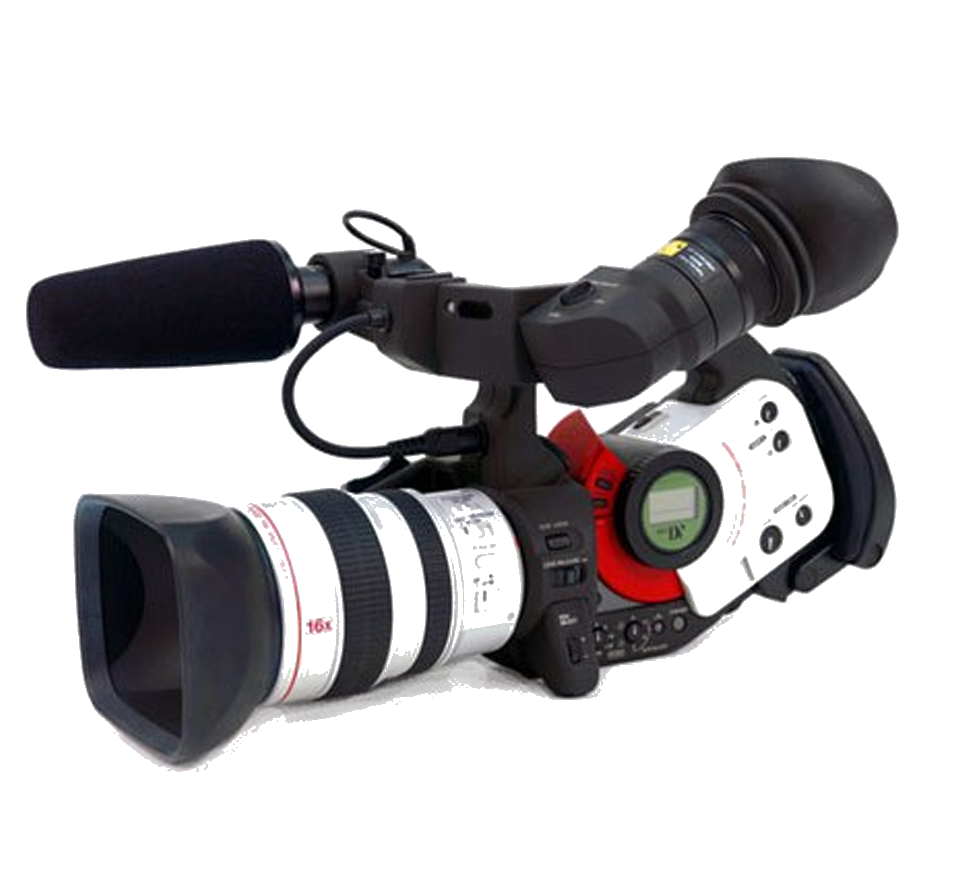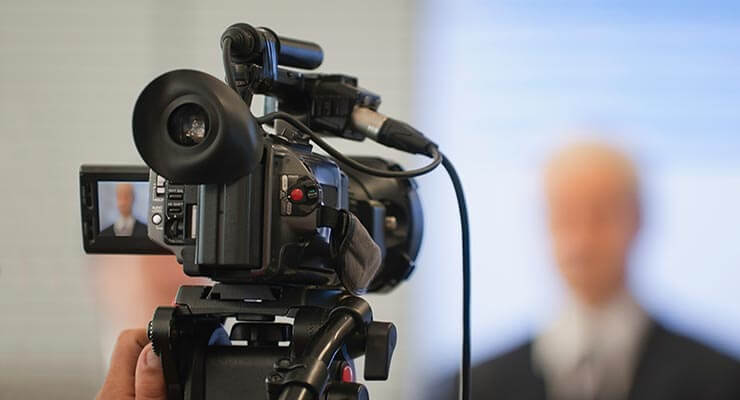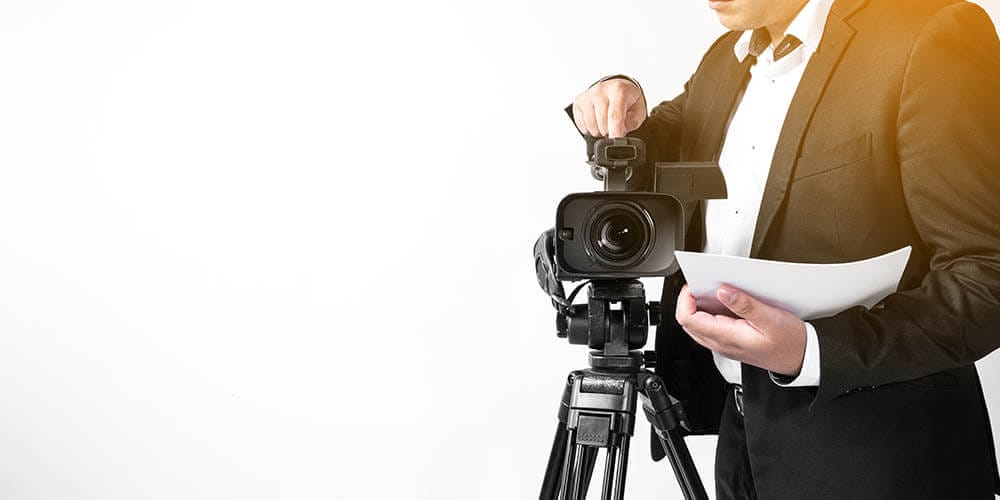Recognizing the Value of Videography in Legal Proceedings
The assimilation of videography right into lawful process has emerged as a substantial factor in the discussion and analysis of proof. By catching visual elements such as body language and face expressions, videography boosts the narrative surrounding witness testimonies and can greatly affect jury assumptions.
Duty of Videography in Evidence
Videography plays a progressively crucial duty in lawful procedures, acting as a powerful tool for providing evidence. The assimilation of video clip recordings into the legal framework permits a more dynamic representation of truths, enabling jurors and courts to envision occasions as they took place. This visual paperwork can incorporate a variety of materials, consisting of monitoring footage, videotaped witness testaments, and specialist demos, every one of which can considerably boost the evidentiary landscape.
One of the main advantages of videography is its capacity to capture subtleties that may be shed in composed accounts. Faces, body movement, and situational context can provide vital insights, assisting to share feelings and purposes that text alone can not. Moreover, using video clip proof promotes an extra interesting court experience, possibly aiding jurors in comprehending complicated cases.
As technology breakthroughs, the top quality and ease of access of videographic proof have enhanced, making it an indispensable part of modern legal methods. Courts increasingly identify the value of video as a reliable resource of information, motivating lawyers to adjust their approaches for evidence presentation. Eventually, videography offers not just to show truths but also to enhance the overall honesty of the judicial procedure.

Enhancing Reliability and Quality
A significant benefit of integrating videography in lawful proceedings is its capacity to improve both reputation and quality of proof offered in court. Videographic proof can record nuances that created documents may ignore, such as tone, body movement, and context. This visual representation permits judges and courts to much better comprehend the situations surrounding the situation, consequently cultivating an extra exact understanding of the occasions concerned.

In addition, the clearness paid for by videography lowers the probability of misconception that can arise from textual descriptions. This precision is especially essential in intricate cases, where details can be easily misinterpreted. Eventually, by offering proof in an aesthetically easily accessible style, videography not just reinforces the stability of the judicial process but likewise supports enlightened decision-making by those involved in legal process.
Influence On Jury Assumption
The inclusion of videographic proof dramatically affects jury perception, frequently leading to more engaged and informed considerations. Jurors are commonly a lot more receptive to visual details, which can improve their understanding of complex cases. Videography provides facts in a way that is both engaging and easily accessible, enabling jurors to connect with the evidence on a more individual level.
Additionally, the capability to witness occasions as they occurred can evoke emotional actions that composed records or spoken testaments may fail to evoke. This psychological engagement can lead jurors to form stronger point of views regarding the reliability of witnesses and the total story of the situation. The aesthetic depiction of evidence also helps in clarifying ambiguities, making it easier for jurors to comprehend the context and importance of the information offered.
Moreover, videography can work as an effective device for narration, making it possible for attorneys to create a persuasive narrative that reverberates with the court. basics When jurors can visualize scenarios and witness crucial moments, their capability to deliberate thoughtfully and get to an educated decision is dramatically improved, eventually influencing the end result of legal proceedings.
Ideal Practices for Legal Videography
Implementing best practices in lawful videography is essential for making certain that aesthetic proof is both reputable and efficient in the court room. First, pick qualified experts who focus on lawful videography to ensure the technical quality of the recordings. This consists of making use of high-resolution video cameras and expert sound tools to record clear visuals and audio.
Second, maintain correct documents throughout the recording procedure. This entails developing a detailed log that includes timestamps, descriptions of the web content, and the identifications of all people existing. Such documents can reinforce the authenticity of the video.

Furthermore, take into consideration the use of proper editing techniques. While it is essential to maintain the original content, small changes for clearness-- such as boosting audio degrees-- can boost the total discussion without changing the substance.
Future Trends in Legal Videography
As lawful videography remains to progress, arising methods and modern technologies are forming the future landscape of visual evidence in the courtroom (Legal Videography). One considerable pattern is the integration of high-def and 4K video clip top quality, improving the clearness and detail of tape-recorded testimonies and proof. This improved resolution help jurors in thoroughly examining the credibility of witnesses and the subtleties of the offered products
Furthermore, the use of synthetic intelligence (AI) in video evaluation is visit this web-site acquiring traction. AI devices can help in identifying crucial moments in video footage, generating transcripts, and also assessing non-verbal communication, which provides deeper insights into witness reputation. Furthermore, virtual reality (VIRTUAL REALITY) and boosted truth (AR) are positioned to transform how proof is provided, allowing jurors to submerse themselves in crime scenes or circumstances, thus fostering a much more profound understanding of the context.
Final Thought
In recap, videography works as an indispensable tool in lawful proceedings, improving the discussion of evidence and enriching the general understanding of instances. By capturing non-verbal cues and strengthening the trustworthiness of witness accounts, videography considerably affects jury understanding and decision-making procedures - Legal Videography. Sticking to ideal practices ensures the efficiency of lawful videography, while emerging patterns guarantee to more boost its duty in the judicial system, inevitably fostering a more educated and involved lawful setting
Videography plays a significantly important function in lawful process, click to investigate serving as a powerful medium for presenting proof.A considerable benefit of incorporating videography in legal process is its capacity to enhance both integrity and quality of proof provided in court. Inevitably, by offering proof in an aesthetically easily accessible layout, videography not just enhances the stability of the judicial process but also sustains educated decision-making by those included in legal process.
In summary, videography serves as an essential tool in lawful proceedings, enhancing the presentation of proof and enhancing the total understanding of instances. Legal Videography. Adhering to best techniques makes certain the performance of lawful videography, while emerging fads assure to further boost its function in the judicial system, ultimately cultivating a more enlightened and engaged legal atmosphere